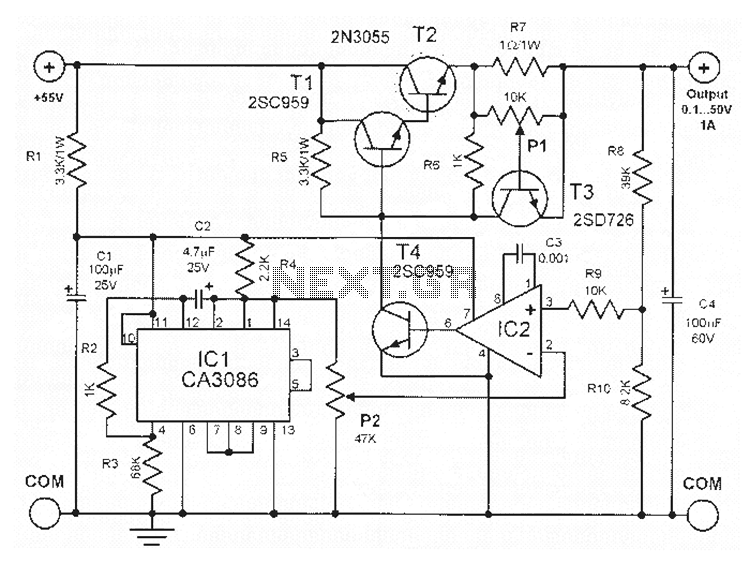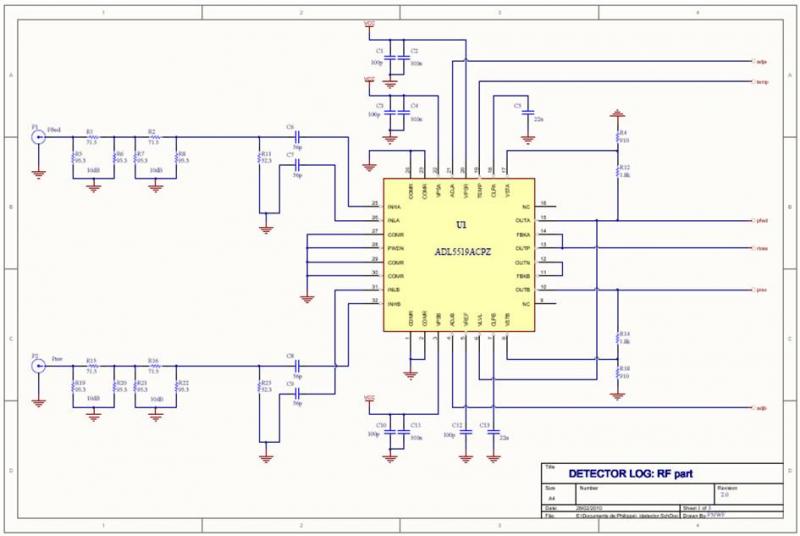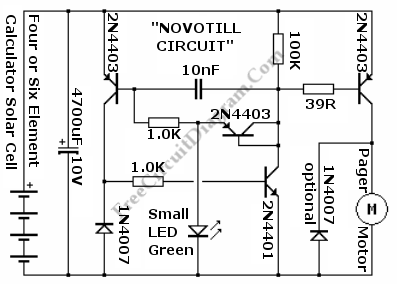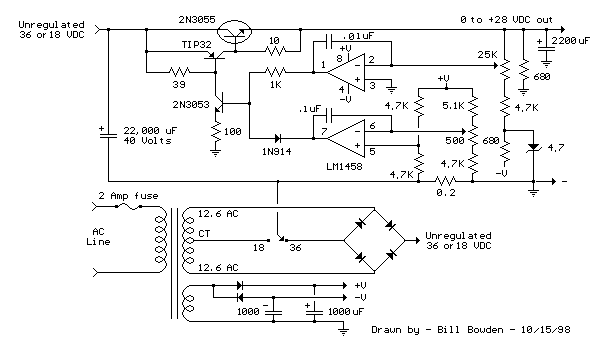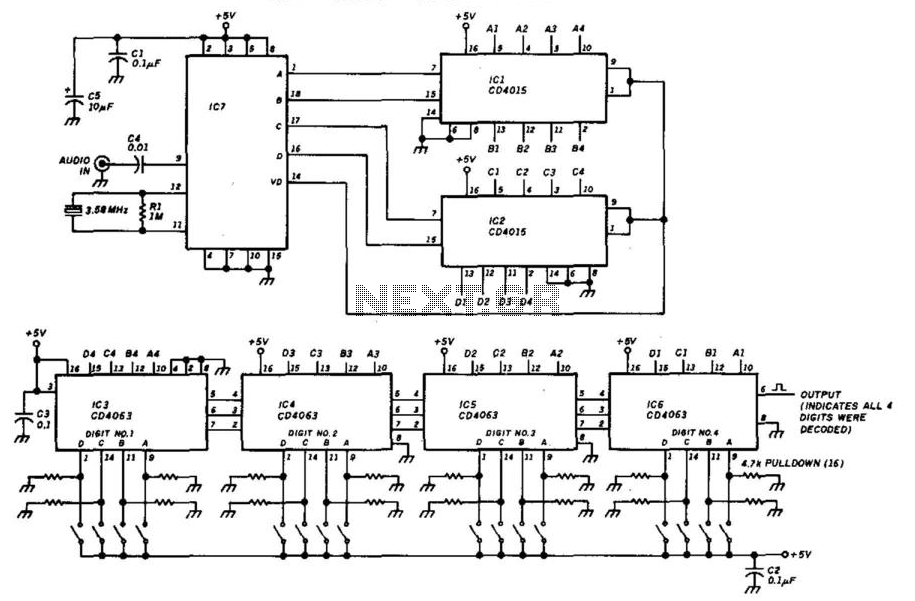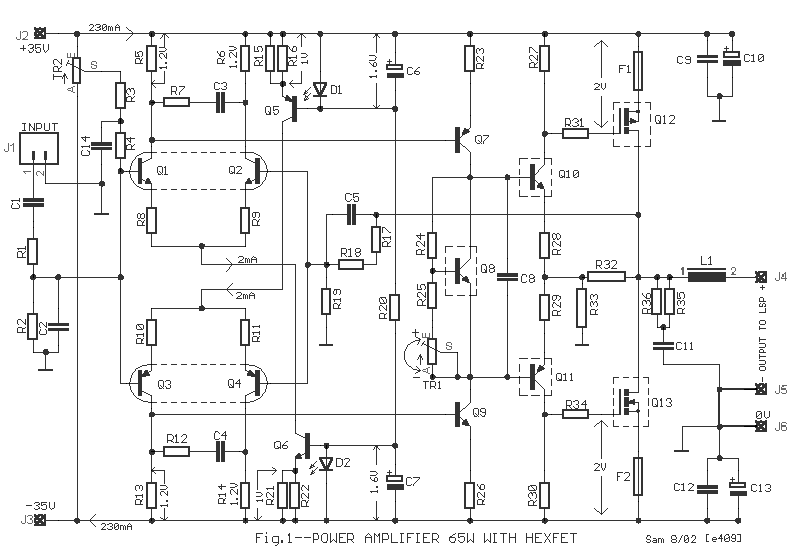
Gel electrophoresis power supply
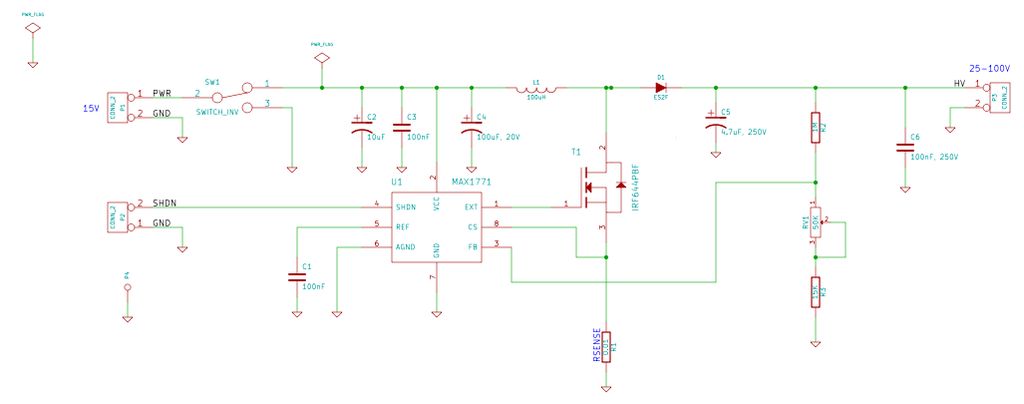
In previous Instructables tutorials, equipment used for DNA electrophoresis and imaging has been described. This includes a mini-gel electrophoresis apparatus.
The mini-gel electrophoresis apparatus is designed for the separation of nucleic acids such as DNA and RNA. The core components of this setup typically include a gel casting tray, a comb for creating wells, a power supply, and an electrophoresis chamber. The gel is usually made from agarose, which provides a matrix through which the nucleic acids can migrate when an electric field is applied.
To assemble the mini-gel electrophoresis system, the agarose gel is prepared by mixing agarose powder with a buffer solution and heating it until it dissolves. Once cooled, the gel is poured into the casting tray, and the comb is inserted to create wells for sample loading. After the gel solidifies, the comb is removed, and the gel is placed in the electrophoresis chamber filled with a running buffer.
The samples of DNA or RNA are loaded into the wells, and the chamber is connected to a power supply. When the power is turned on, the negatively charged nucleic acids migrate towards the positive electrode due to the applied electric field. The migration speed is influenced by the size of the nucleic acids, allowing for separation based on size.
Post-electrophoresis, the gel can be stained with a DNA-binding dye, such as ethidium bromide or SYBR Green, to visualize the separated nucleic acids under UV light. This process is essential for various applications in molecular biology, including cloning, sequencing, and genetic analysis. The mini-gel electrophoresis system is favored for its simplicity, efficiency, and effectiveness in analyzing nucleic acids in laboratory settings.In previous Instructables tutorials we have described how to make equipment used for DNA electrophoresis and imaging. These include a mini-gel electro.. 🔗 External reference
The mini-gel electrophoresis apparatus is designed for the separation of nucleic acids such as DNA and RNA. The core components of this setup typically include a gel casting tray, a comb for creating wells, a power supply, and an electrophoresis chamber. The gel is usually made from agarose, which provides a matrix through which the nucleic acids can migrate when an electric field is applied.
To assemble the mini-gel electrophoresis system, the agarose gel is prepared by mixing agarose powder with a buffer solution and heating it until it dissolves. Once cooled, the gel is poured into the casting tray, and the comb is inserted to create wells for sample loading. After the gel solidifies, the comb is removed, and the gel is placed in the electrophoresis chamber filled with a running buffer.
The samples of DNA or RNA are loaded into the wells, and the chamber is connected to a power supply. When the power is turned on, the negatively charged nucleic acids migrate towards the positive electrode due to the applied electric field. The migration speed is influenced by the size of the nucleic acids, allowing for separation based on size.
Post-electrophoresis, the gel can be stained with a DNA-binding dye, such as ethidium bromide or SYBR Green, to visualize the separated nucleic acids under UV light. This process is essential for various applications in molecular biology, including cloning, sequencing, and genetic analysis. The mini-gel electrophoresis system is favored for its simplicity, efficiency, and effectiveness in analyzing nucleic acids in laboratory settings.In previous Instructables tutorials we have described how to make equipment used for DNA electrophoresis and imaging. These include a mini-gel electro.. 🔗 External reference
